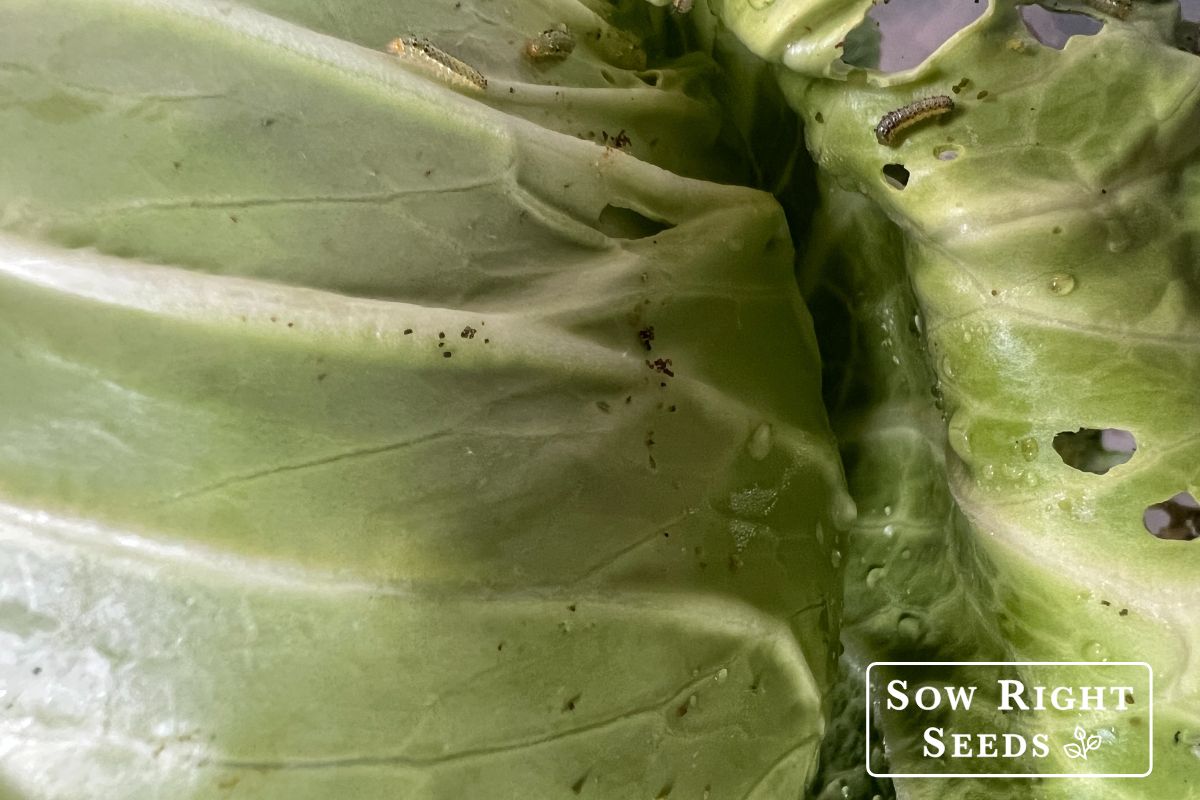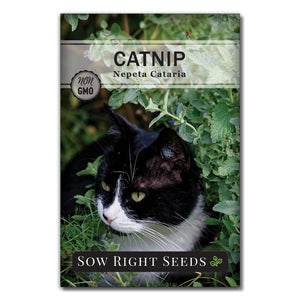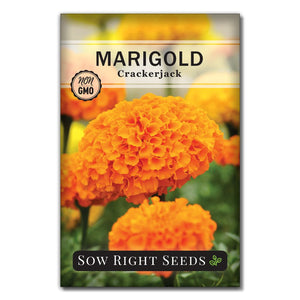Is Bt the Best Pest Control Solution for Your Organic Garden?
PestsIf you've ever grown cabbage, broccoli, or tomatoes, you've probably had a run-in with caterpillars. We hate the destruction caterpillars can do. We’ve had gardens that were eaten down to nothing almost overnight. Cabbage worms are particularly devastating because they remain undetected while they tunnel into the core of your beautiful cabbage head. We want to keep our garden organic because it’s better for everyone. Fortunately, Bt is part of the solution for organic pest control.

What Is Bt?
Bt stands for Bacillus thuringiensis, a naturally occurring bacterium found in soil. While harmless to humans, pets, birds, and bees, Bt is deadly to certain insect larvae—especially the leaf-munching caterpillars that can destroy your vegetable plants.
To quote the National Pesticide Information Center:
“Bt is a bacterium that is found naturally in soils throughout the world. To reproduce, Bt makes spores that grow into new bacteria. Bt spores have proteins that are toxic to insect larvae when eaten. Because Bt comes from a natural source, it is called a biopesticide. In general, biopesticides tend to pose fewer risks than typical human-made pesticides.”
(Gervais, J.; Cocks, M.; Cross, A.; Jenkins, J. 2022. Bacillus thuringiensis Fact Sheet, NPIC)

How Bt Works (And Why Timing Matters)
Bt doesn't kill on contact. The insect must eat it for it to work. Once ingested, Bt targets the caterpillar's digestive system, and the larvae quickly stop eating and die within a couple of days.
It’s important to note: Bt only works on larvae , not adult insects. That’s why timing is everything. If you wait too long, the damage is done—and Bt won’t help.
We apply Bt when we start seeing white moths hovering over our cole crops. You may also first notice tiny holes in leaves or small green caterpillars. Once you see that the caterpillars are active, spray the affected plants thoroughly, especially the undersides of leaves. Reapply after rain and continue weekly if pest pressure is high.

When and How We Use Bt
Just like plants have Latin names, so do bacteria. Bt stands for Bacillus thuringiensis, the species name of which has many subspecies. Each subspecies targets specific larvae.
In our garden, we rely on Bacillus thuringiensis kurstaki (Btk), the strain most effective against caterpillars like:
Cabbage worms
Tomato hornworms
Loopers
We apply it late in the day to avoid direct sunlight, which can cause it to break down and become less effective. You can find Bt as a powder or liquid. We prefer the liquid concentrate, which can be diluted with water and sprayed over large areas. In a small backyard garden, you may prefer to use a Bt spray that comes in ready-to-spray bottles. Either way, read the label and follow directions.

Bt Application Tips
Apply it late in the day. It will remain effective for a longer period without exposure to direct sunlight.
Only spray the plants the caterpillars are actively eating. There’s no need to treat your entire garden if only your brassicas are under attack.
Don’t use Bt on milkweed where monarch butterflies feed.
Apply it to the whole plant. Everything that a caterpillar would feast on.
Apply Bt as soon as you see moths or caterpillar damage.
Reapply Bt after rain and every week for optimal effectiveness.
If your cole crops have already flowered, don’t bother with Bt. It’s time to pull out the plants.

Where Bt Fits Into Integrated Pest Management
Bt isn’t a magic bullet—and we don’t expect it to be. It’s one part of our Integrated Pest Management (IPM) strategy. This season, we used Bt along with a couple of other things. We put up decoy white butterflies to deter the cabbage butterfly. They are very territorial and will move on to another spot if they see another butterfly.
We have also discovered that a tennis or racquetball racquet makes an effective moth swatter. When the moths are most active during the day, take some practice swings, and you’ll knock them out of the lifecycle. It may sound silly, but so far it’s working.
Other tactics to include are:
Row covers to block egg-laying insects
Manual removal of pests and eggs
Crop rotation to prevent pest buildup
Companion planting to confuse or repel pests
Neem oil or other organic treatments when needed
Using Bt, along with other tactics, will reduce caterpillars and increase your chances of a successful harvest.
You can read more about our approach to natural pest control in our blog:
👉 Natural Remedies for Pest Control

Bt FAQs
Is Bt Safe?
Yes, Bt is safe for humans and doesn’t harm birds, bees, or mature butterflies. Still, it’s always good practice to wash your produce before eating.
Does Bt Work on Squash Vine Borers?
We get this question a lot, and unfortunately, the answer is no —at least not in the usual way. Squash vine borers lay eggs on the stems, and the larvae bore inside where Bt spray can't reach them.
Some gardeners inject Bt into the stems, but we usually recommend prevention:
Use row covers until flowering
Monitor for eggs
Time plantings to avoid peak borer activity
👉 Read more about squash vine borer prevention.
Is Bt Safe for Organic Gardens?
Yes! Bt is approved for use in certified organic gardening. When shopping, look for products that are OMRI Listed , which means they’ve been reviewed and approved for organic use. Also, check the label to make sure the inert ingredients (the “other” ingredients) are safe and non-toxic. Not all sprays are created equal.

Final Thoughts:
We love eating fresh cabbage, broccoli, and all those healthy cole crops. But just like you, we have to do the work to keep them safe from caterpillars without using toxic chemicals. Bt is one of the few products we trust enough to use in our organic garden. We recommend it as part of an integrated pest management strategy.
It's not about eliminating every insect. The goal is to keep the pest population in balance so your plants can thrive.
Stay observant. Check your plants daily. The sooner you act, the less damage pests can do—and Bt can be your secret weapon in keeping things under control, naturally.
Have you used Bt in your garden? Let us know your experience in the comments below.








Leave a comment